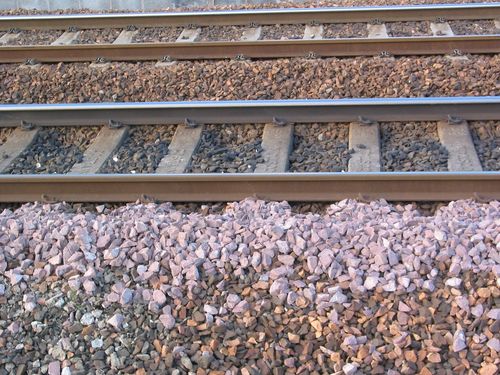Why do railway tracks have crushed stones alongside them?

Why do railway tracks have crushed stones alongside them?
7/3/2023
link
summary
This website explains the purpose of crushed stones alongside railway tracks. The article begins by stating that the main function of these stones, known as ballast, is to provide stability and support to the tracks. It goes on to explain that the ballast helps distribute the weight of the trains evenly, prevents the tracks from shifting, and promotes drainage by allowing water to flow away from the tracks. The article also discusses the importance of regular maintenance and replacement of the ballast to ensure the safety and efficiency of railway operations. Overall, the website provides a clear explanation of why crushed stones are used alongside railway tracks.
tags
railway tracks ꞏ crushed stones ꞏ railway infrastructure ꞏ track maintenance ꞏ track ballast ꞏ track stability ꞏ rail transportation ꞏ railroad engineering ꞏ train tracks ꞏ track bed ꞏ railway maintenance ꞏ track construction ꞏ rail operations ꞏ railway technology ꞏ train infrastructure ꞏ track substructure ꞏ track drainage ꞏ track support ꞏ track durability ꞏ railway ballast ꞏ track design ꞏ track alignment ꞏ track geometry ꞏ track formation ꞏ railway safety ꞏ track materials ꞏ rail network ꞏ trackbed formation ꞏ railway track maintenance ꞏ trackbed stability ꞏ trackbed maintenance ꞏ railway track design ꞏ trackbed design ꞏ railway track alignment ꞏ trackbed drainage ꞏ trackbed materials ꞏ trackbed support ꞏ trackbed condition ꞏ trackbed substructure ꞏ railway track inspection ꞏ trackbed durability ꞏ rail track construction ꞏ railway track stability ꞏ railway trackbed drainage ꞏ railway track support ꞏ railway track materials ꞏ railway track geometry